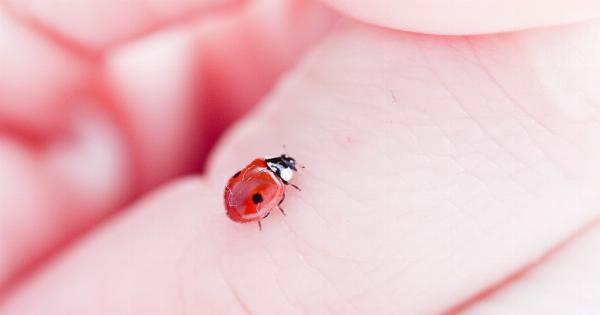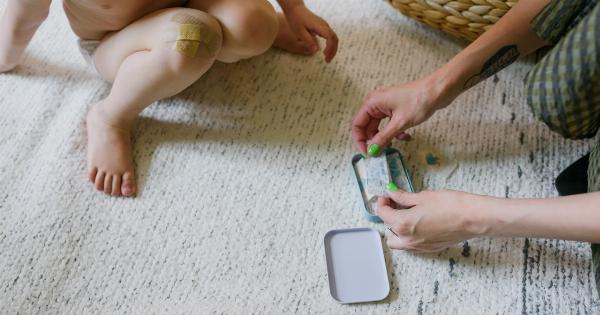Skin is the largest organ of our body and acts as a protective shield against various external factors. It is composed of different layers that provide strength and flexibility.
However, these layers are also prone to damages from various sources, causing different kinds of infections. Antiseptics play an important role in defending our body from different kinds of infections, but they also cause damage to our skin and alter the microorganisms present on it.
This ongoing battle between skin and antiseptics brings forward various challenges that need to be addressed for the betterment of our overall health.
The importance of skin microbiome
Skin is not a sterile environment; it’s home to various microorganisms that collectively form the skin microbiome. These microorganisms play an essential role in keeping our skin healthy and protect it from infections.
Any changes in the skin microbiome can lead to a variety of skin infections that cause serious health issues.
Antiseptics are often used to kill the unwanted microorganisms on our skin, which may include pathogens that cause infections. Although antiseptics are beneficial in controlling infections, they also cause damage to the skin microbiome.
In the process of killing harmful organisms, antiseptics also kill the beneficial microorganisms present on our skin, which can lead to an imbalance in the skin microbiome. This imbalance can result in the growth of pathogenic organisms, leading to various skin infections.
Types of Antiseptics
Antiseptics can be classified into two major categories based on their chemical composition: alcohol-based and non-alcohol-based antiseptics.
Alcohol-based Antiseptics
Alcohol-based antiseptics are commonly used for disinfecting the skin, hands, and surfaces in healthcare facilities, food production companies, and households.
They contain at least 60% alcohol (ethanol or isopropanol) that kills various microorganisms, including bacteria, fungi, and viruses. However, they can also cause skin dryness, irritation, and damage, especially with frequent use.
Non-Alcohol-based Antiseptics
Non-alcohol-based antiseptics are an alternative to alcohol-based antiseptics that do not contain alcohol. They include different types of chemical agents, such as chlorhexidine, hydrogen peroxide, benzalkonium chloride, and povidone-iodine.
They are used in hospitals as well as other facilities, including beauty salons, tattoo parlors, and households. These antiseptics are less drying and irritating than alcohol-based antiseptics but can still cause skin damage with frequent use.
The effects of Antiseptics on Skin
Antiseptics can cause different types of damage to the skin, including dryness, irritation, and dermatitis. Frequent or prolonged use of antiseptics can even lead to the formation of chronic wounds.
These effects depend on the type of antiseptic used, the strength of the solution, and the duration of use.
Dryness
Antiseptics can dry out the skin by removing the natural oils that keep our skin hydrated. When antiseptics are used frequently, they can disrupt the skin barrier, leading to a reduction in the water content of the skin.
This can result in dry and flaky skin, increasing the risk of cracks, which can allow pathogens to enter and cause an infection.
Irritation
Antiseptics can cause skin irritation, leading to redness, itching, swelling, and pain. The irritation is usually a result of a reaction between the antiseptic and the skin.
Chlorhexidine, for example, is known to cause allergic reactions in some individuals, leading to skin irritation.
Dermatitis
Frequent or prolonged use of antiseptics can lead to the development of contact dermatitis, an inflammatory skin condition characterized by redness, swelling, and itching. Dermatitis can also cause small blisters and crusting.
People who have a pre-existing history of skin conditions like eczema are more likely to develop dermatitis from antiseptics.
Chronic Wounds
Antiseptics can also delay the healing of chronic wounds. Chronic wounds are wounds that take longer than six weeks to heal.
Antiseptic solutions can dehydrate the skin, inhibiting the formation of new skin cells and deposition of collagen, both of which are important for the wound-healing process.
The importance of proper skin hygiene
As the skin is the outer layer of our body, it is exposed to different types of microorganisms, dirt, and other pollutants that can cause infections.
Therefore, maintaining proper skin hygiene is necessary to keep our skin healthy and prevent infections.
Proper skin hygiene involves washing the skin regularly with clean water and soap to remove dirt and sweat. It is also important to dry the skin thoroughly after washing to prevent skin irritation.
One should avoid using harsh soaps or chemical-laden skincare products that can damage the skin’s natural barrier.
It is recommended to use an antiseptic only when necessary, like before performing a medical procedure, or in a contaminated environment. Overuse of antiseptics can disrupt the skin microbiome and cause skin damage, leading to infections.
Conclusion
The skin is an essential protective organ of our body, and maintaining its health is crucial for protecting ourselves from the risk of infections.
Antiseptics play a vital role in controlling infections, but they can also cause skin damage and alter the skin microbiome. Proper use of antiseptics and maintaining proper skin hygiene can help in preventing skin damage and maintaining a healthy balance of microorganisms on our skin.





























